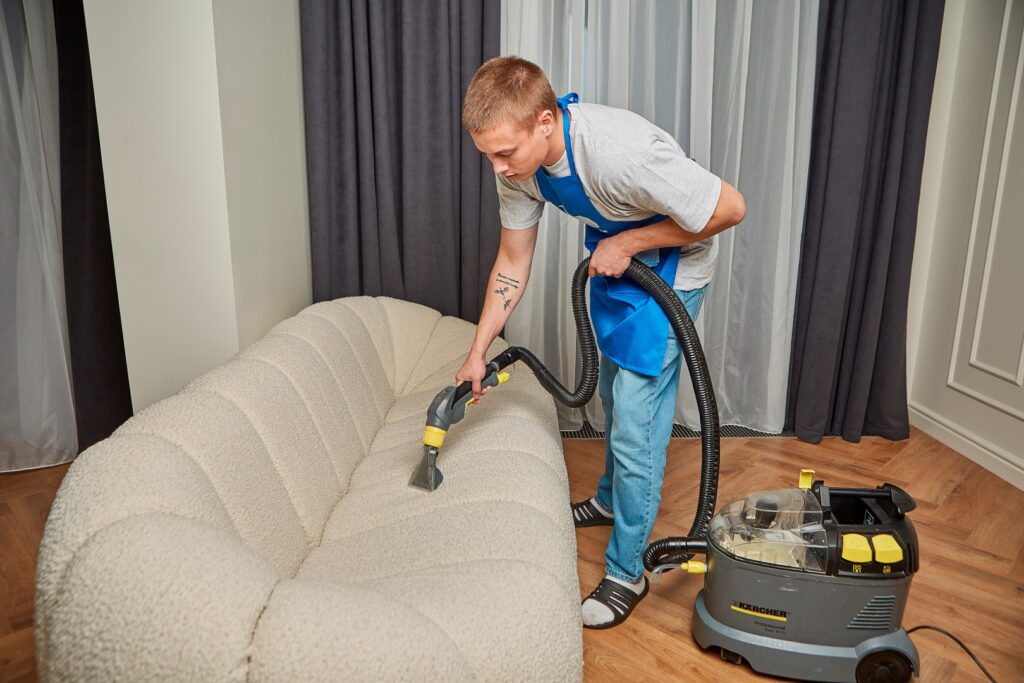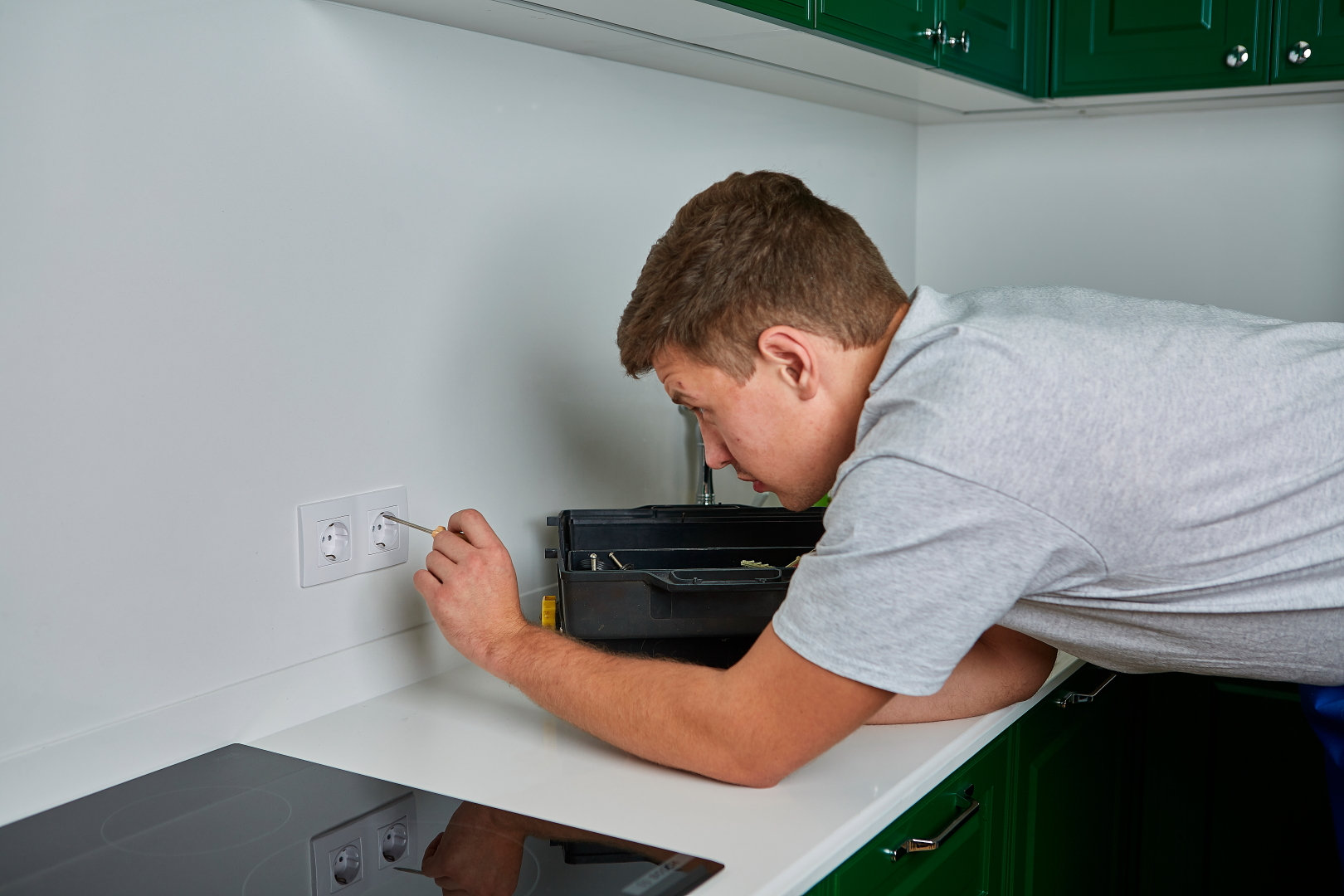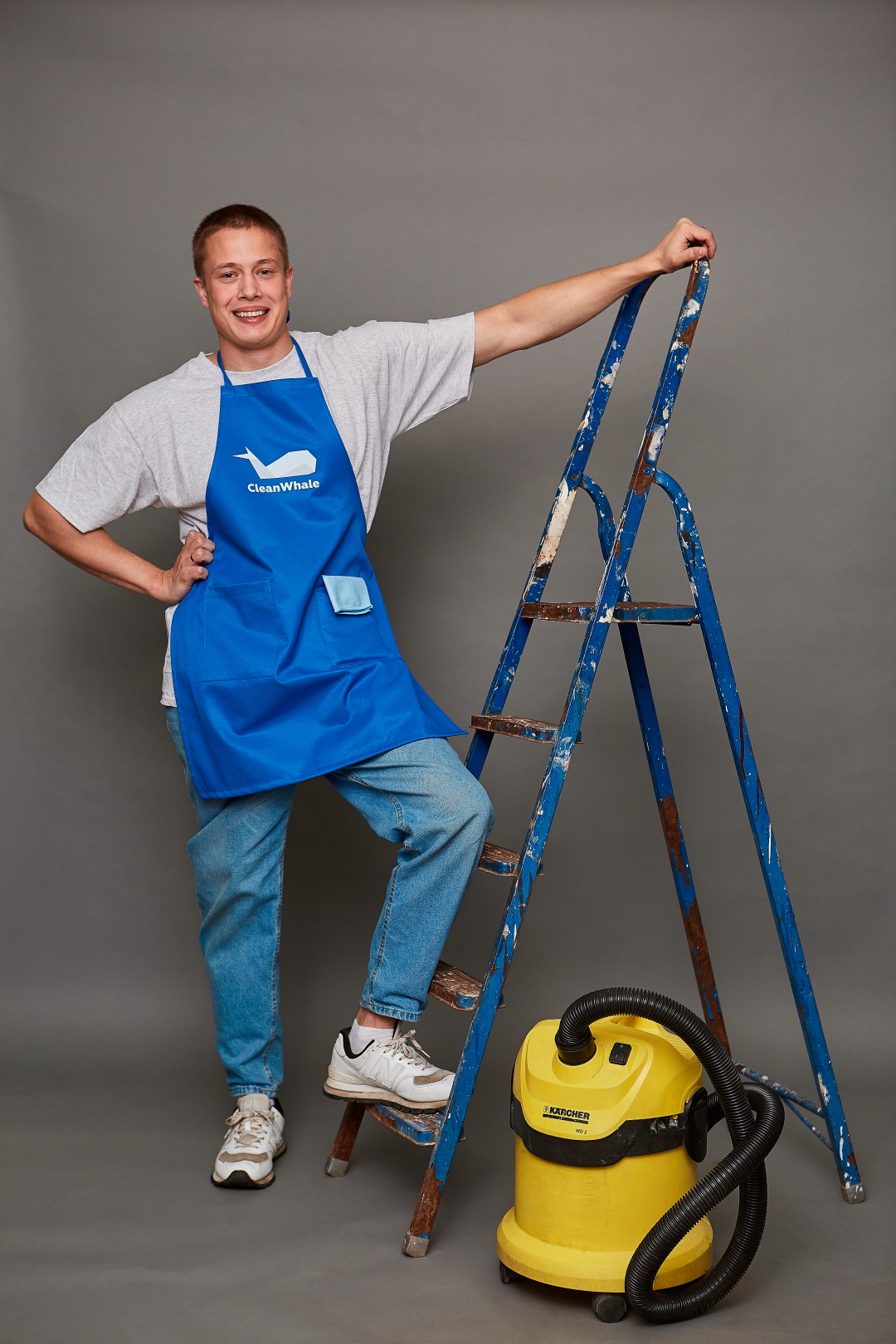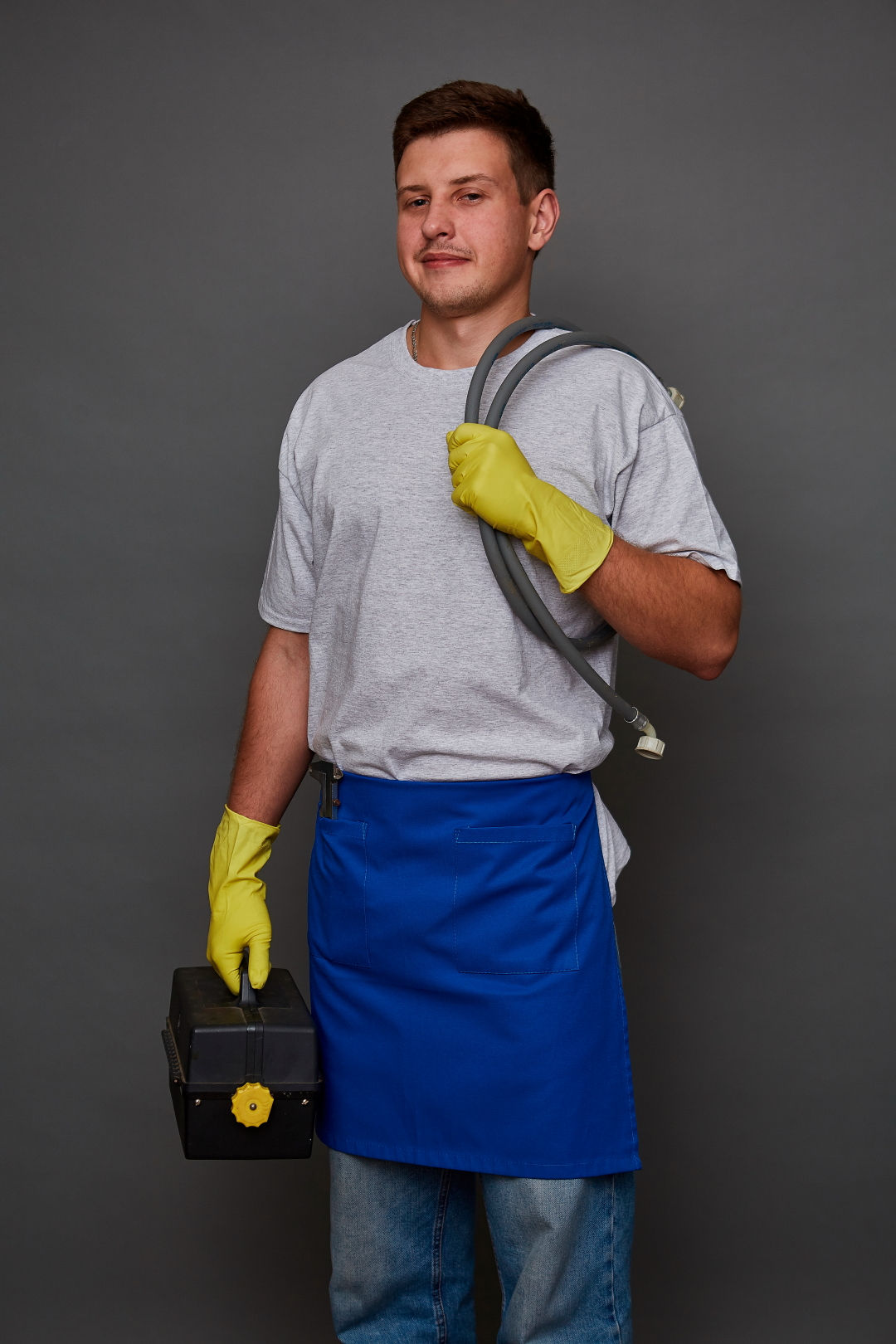Unlocking Profit Potential: How Much Can You Earn from Furniture Restoration in Germany?
Furniture restoration is not just a nostalgic hobby or a form of artistic expression—it’s also a viable business opportunity in Germany. With increasing awareness around sustainability and a growing appreciation for craftsmanship, the market for restored furniture is flourishing. But how profitable is it really? This guide breaks down the business landscape, revenue streams, earning potential, and practical tips to help you succeed in the German furniture restoration industry.

1. Overview of the Furniture Restoration Industry in Germany
Germany has a long-standing tradition of valuing handcrafted and high-quality furniture. The popularity of vintage and antique pieces has surged in recent years, driven by sustainability movements and the desire for unique interior design.
Market Trends:
-
Sustainability Focus: Consumers are shifting from mass-produced furniture to restored or repurposed pieces to reduce environmental impact.
-
Upcycling Culture: The trend of giving new life to old furniture has found strong roots in cities like Berlin and Hamburg.
-
Craft Revival: The resurgence of traditional skills—woodworking, upholstery, and joinery—has created demand for trained artisans.
Key Indicators:
-
According to Statista, the German furniture market generated €43.2 billion in revenue in 2024, with a portion attributed to refurbished and second-hand furniture.
-
Internationale Handwerksmesse in Munich and similar trade fairs regularly feature furniture restoration professionals and services.
2. Types of Furniture Restoration Services in Demand
Furniture restoration spans a wide range of services. Offering multiple specialties can significantly enhance your revenue.
In-Demand Services:
-
Antique Refinishing & Repair
Restoration of heirlooms and collector pieces, often involving re-polishing, regluing, and hardware replacement. -
Upholstery & Reupholstering
Refreshing chairs, sofas, and benches with new fabric or padding; especially common with mid-century modern designs. -
Custom Modifications
Converting old furniture into modern, functional pieces—like turning a vintage dresser into a bathroom vanity. -
Woodwork & Veneer Repair
Addressing scratches, dents, chips, or water damage to wooden furniture, especially valuable in oak, walnut, and mahogany pieces. -
Style-Specific Restoration
High demand exists for restoring Bauhaus, Art Deco, and mid-century modern furniture, particularly in design-conscious urban areas.
3. Startup Costs and Tools Required
Getting started with a furniture restoration business in Germany is relatively affordable compared to many other trades, though setup costs can vary based on scale.
Cost Breakdown:
-
Workshop Setup:
Renting a small workspace can range from €300–€800/month, depending on the city. -
Essential Tools:
Includes sanders, polishers, clamps, hand saws, upholstery kits, and brushes—costing around €2,000–€5,000 for initial investment. -
Materials:
Sandpaper, varnishes, paints, fabric, nails, and adhesives can cost €100–€500/month based on volume. -
Insurance & Permits:
Business registration with the Gewerbeamt (€20–€60) and liability insurance (€250–€600/year) are required. -
Training & Certification:
Optional courses through the Handwerkskammer (Chamber of Crafts) or private institutions can cost €500–€1,500.
4. Revenue Streams in Furniture Restoration
Diversifying income streams helps maximize profitability and protect your business from market fluctuations.
Ways to Earn:
-
Private Commissions
Many clients seek personalized restoration for heirloom furniture, often willing to pay a premium for quality work. -
Online Sales of Restored Furniture
Platforms like eBay Kleinanzeigen, Etsy, and Dawanda allow restorers to sell unique items with attractive profit margins. -
B2B Services
Partnering with antique shops, interior designers, or real estate staging companies can provide steady work. -
Workshops & Courses
Teaching the art of restoration through local classes or online platforms like Udemy can be a lucrative side venture. -
Event Collaborations
Working with flea markets or antique fairs like Münchner Antiquitätenmarkt can drive both sales and awareness.
5. How Much Can You Earn? (Breakdown by Business Model)
Your earning potential depends largely on your business model, pricing strategy, and operational scale.
Side Hustle Model:
-
Restoring 4–5 pieces/month with profit margins of €100–€300 per item
-
Monthly earnings: €400–€1,500
Full-Time Restoration Business:
-
Handling 10–20 items/month with mixed services (restoration, upholstery, sales)
-
Average pricing per project: €300–€1,000
-
Monthly earnings: €3,000–€10,000+
Income by City (estimates based on service pricing):
-
Berlin: Higher demand, moderate competition – avg. project: €500
-
Munich: Wealthy clientele – avg. project: €700
-
Hamburg: Design-forward city – avg. project: €600
Notable Success Stories:
-
Tischlein Deck Dich (Berlin): Known for luxury furniture upcycling and design collaborations.
-
Stilbruch (Hamburg): Reseller of restored items with a strong sustainability message and loyal clientele.
-
Upcycling Deluxe (Nationwide): Started with small restoration projects, now a major player in repurposed home goods.
6. Challenges and How to Overcome Them
Despite the opportunities, running a furniture restoration business isn’t without its hurdles.
Common Challenges:
-
Sourcing Vintage Furniture:
Solution: Network with house clear-out services or monitor classifieds daily. -
Time-Intensive Process:
Solution: Batch similar restoration tasks and invest in time-saving tools. -
Price Sensitivity:
Solution: Build a niche, emphasize craftsmanship, and educate customers on quality. -
Marketing Hurdles:
Solution: Use high-quality before/after images and SEO-rich product listings. -
Legal & Sustainability Compliance:
Solution: Ensure you follow EU chemical usage standards and label your materials properly.
7. Tips for Maximizing Profit and Growing Your Business
To scale your business sustainably, focus on visibility, diversification, and quality.
Strategic Tips:
-
Develop Your Brand Identity
Highlight your values (eco-friendliness, craftsmanship) and build trust through consistent visual branding. -
Leverage Visual Platforms
Instagram and Pinterest are goldmines for promoting your work. Use hashtags like #Möbelrestaurierung or #VintageMöbel. -
Partner Locally
Work with boutique hotels, real estate agents, or interior decorators for custom commissions. -
Monetize Your Knowledge
Launch e-books, online guides, or paid webinars on restoration techniques. -
Optimize Listings for Search
Use long-tail keywords such as "restaurierte Mid-Century Kommode kaufen" or "Antik Möbel aufarbeiten Berlin" to attract local buyers.
8. Conclusion: Is Furniture Restoration Profitable in Germany?
The short answer is: yes—with the right skills, tools, and strategy, furniture restoration in Germany can be a highly profitable business. From urban demand in Berlin to eco-conscious consumers across the country, opportunities abound. Whether you choose to restore heirlooms as a passion project or scale into a full-time business, the industry offers meaningful income potential backed by cultural appreciation and sustainability trends.
9. FAQs About Furniture Restoration in Germany
Q1: Do I need formal training to start a furniture restoration business in Germany?
A: While not mandatory, completing a course through the Handwerkskammer or a design school can boost your credibility and skillset.
Q2: Is furniture restoration taxable income in Germany?
A: Yes, any income earned from restoration work must be declared. Register your business with the Gewerbeamt and obtain a tax number from the Finanzamt.
Q3: What’s the most profitable type of restoration work?
A: Upholstery and custom modifications typically yield higher profit margins due to material costs and specialized skills.
Q4: Where can I find furniture to restore?
A: Online classifieds (eBay Kleinanzeigen), flea markets, estate sales, and even local Sperrmüll (bulk trash) pickups.
Q5: How much should I charge for a restoration project?
A: Pricing varies but often ranges from €150 to €1,000 depending on the piece, labor, and materials.
Q6: Can I sell restored furniture internationally?
A: Yes, platforms like Etsy and eBay allow international sales, but be mindful of shipping costs and customs regulations.
Q7: What legal permits do I need?
A: Register a business (Gewerbeanmeldung), obtain liability insurance, and ensure compliance with EU product and safety standards.








